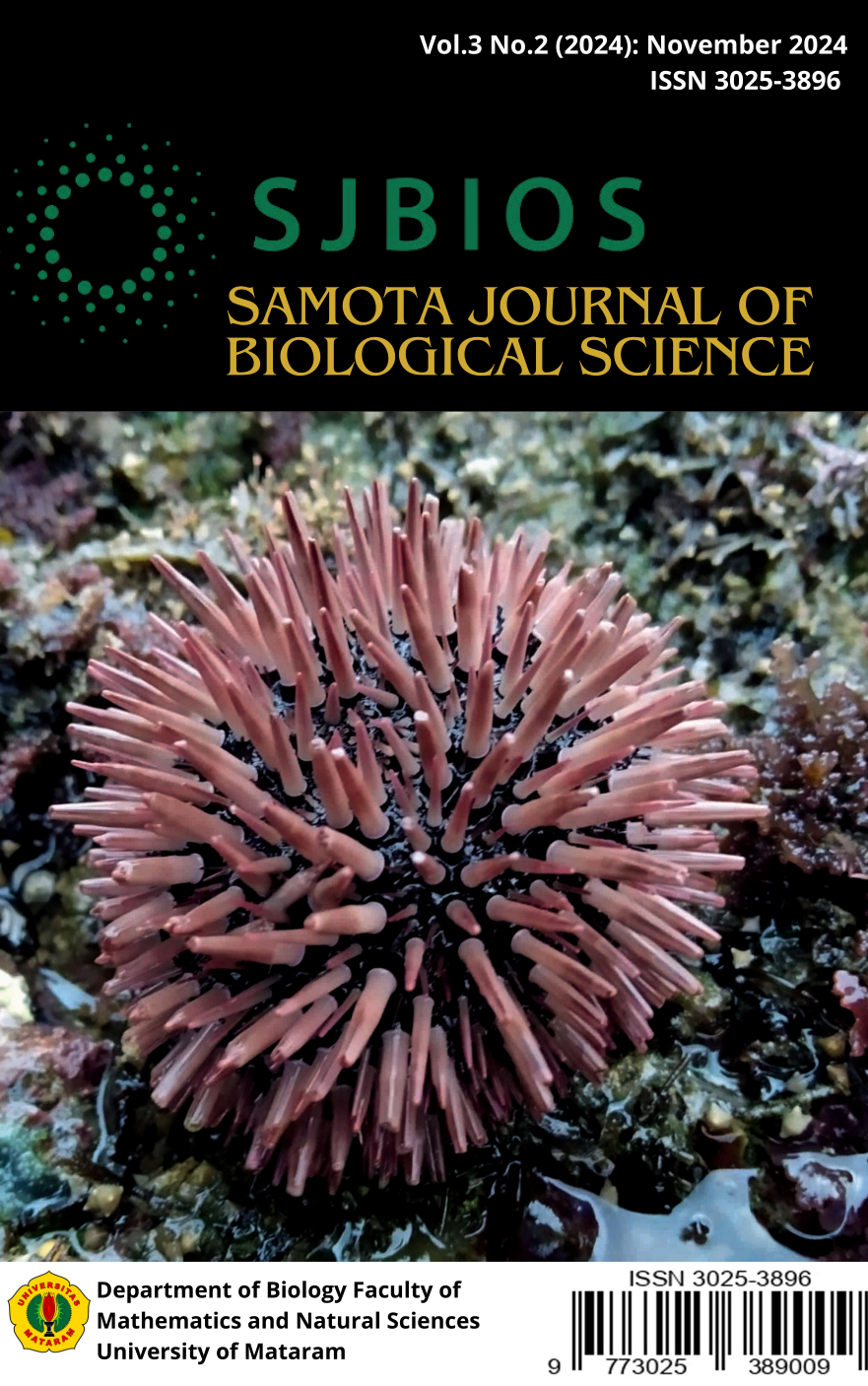BURONG TILAPIA: FACTORS ON THE FERMENTATION PROCESS AND ITS MICROBIOTA
DOI:
https://doi.org/10.29303/sjbios.v3i2.4925Keywords:
Fermentation of fish, Aerobic plate count, Food quality and safetyAbstract
Fermented fish products hold significant prominence in the Philippines. However, its potential risks for human consumption are faced as a result of inadequate awareness of microbiological standards in its preparation. This study investigated the microbiota and fermentation process of burong tilapia, how this is influenced by fermentation factors such as salt content, temperature, and proper sanitation, and how it can impact food safety for human consumption. This study revealed that the population of aerobic microorganisms in burong tilapia was relatively high with the Aerobic Plate Count result of 2.1 x 107 CFU/g, indicating significant bacterial presence. On the other hand, a relatively low level of E. coli and Yeast and Molds count was detected having <25 CFU/g and <10 CFU/g, respectively. Moreover, it was found that low salt content, non-ideal temperature conditions and failure to strictly observe sanitation practices, all influenced the growth and proliferation of unwanted microorganisms. These results emphasize how crucial it is to optimize fermentation factors in order to guarantee both the food quality and safety of fermented fish products for human consumption. Furthermore, this case study highlights that consumer education is needed in promoting awareness and acceptance of fermented fish products in the market.
Downloads
Published
Issue
Section
License
Copyright (c) 2024 KENNEDY BELTRAN

This work is licensed under a Creative Commons Attribution-NonCommercial 4.0 International License.




















